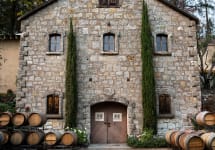Mayacamas Cabernet Sauvignon 2013
-
James
Suckling - Decanter



Product Details
Your Rating
Somm Note
Winemaker Notes
Professional Ratings
-
James Suckling
This is super firm and silky with beautiful pure cranberry, raspberry and stone character. Full to medium body. Energetic acidity. Linear and racy. Better in 2018 but so beautiful now.
-
Decanter
Notes of crushed wild berries, sandalwood and coniferous forest floor reflect the wine's Mount Vedeer core, introducing a dense, rich and nicely concentrated wine which should show nicely after it is bottled later this year. The 2013 Mayacamas saw new wood—and more of it—earlier in its elevage than has hitherto been the case at this address, and that contributes a bit of mid-palate flesh and volume which ocludes some of the wine's customary transparency; but the Mayacamas team reverted to the former barrel regime with the 2014 vintage, so this just reflects a bit of experimentation and refinement in the cellar rather than a wholesale revolution. In fact, everything seems to be in place for a glorious renaissance at this historic estate in the near future!
Other Vintages
2020-
James
Suckling - Vinous
-
Wine
Spectator -
Robert
Parker
- Vinous
-
Jeb
Dunnuck -
Wine
Spectator -
James
Suckling -
Robert
Parker
-
Wine
Spectator -
Wine
Enthusiast -
Robert
Parker -
Wine &
Spirits
-
Wine
Spectator
-
Wine
Spectator -
James
Suckling -
Wine &
Spirits
-
James
Suckling -
Jeb
Dunnuck - Vinous
-
Wine
Spectator -
Tasting
Panel -
Robert
Parker -
Wine &
Spirits
-
James
Suckling -
Wine
Spectator -
Jeb
Dunnuck
- Vinous
- Decanter
- Vinous
-
James
Suckling -
Robert
Parker
-
James
Suckling -
Robert
Parker -
Jeb
Dunnuck
-
Robert
Parker
-
James
Suckling
-
Robert
Parker
-
Robert
Parker - Vinous
-
Wine
Spectator
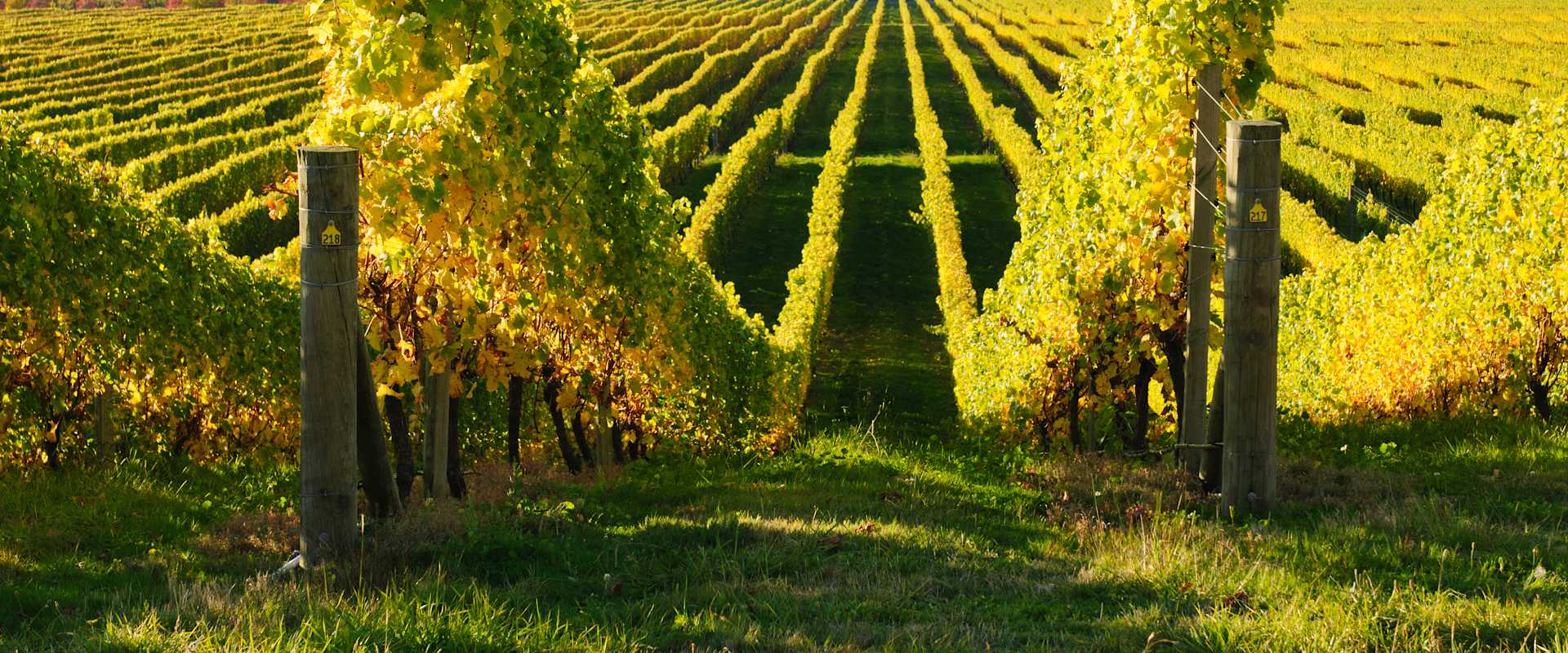
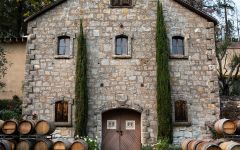
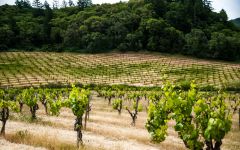
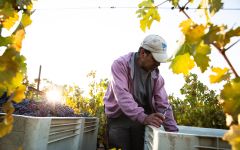
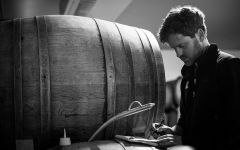

Founded in 1889, Mayacamas stands as one of the most storied vineyard and winery operations in the history of American wine. Through its more than 125 years of production, Mayacamas has earned its place as a standard-bearer of traditional winemaking, and the source of some of California’s most iconic and longest-lived bottles.
Named for mountain range that divide the Napa and Sonoma valleys, the old stone winery was dug into the side of a dormant volcano crater in 1889 and has remained in production ever since. For generations, methods and tools have been passed from owner to owner, and the Mayacamas style has remained remarkably consistent.
As the newest owners in a lineage of pioneering caretakers spanning numerous generations, we faithfully steward Mayacamas towards a bright future, ever mindful of the great traditions of the past. Since 2013, our team has worked tirelessly to restore all aspects of the Mayacamas operation, ensuring continued success for this unique American story.

A noble variety bestowed with both power and concentration, Cabernet Sauvignon enjoys success all over the globe, its best examples showing potential to age beautifully for decades. Cabernet Sauvignon flourishes in Bordeaux's Medoc where it is often blended with Merlot and smaller amounts of some combination of Cabernet Franc, Malbecand Petit Verdot. In the Napa Valley, ‘Cab’ is responsible for some of the world’s most prestigious, age-worthy and sought-after “cult” wines. Somm Secret—DNA profiling in 1997 revealed that Cabernet Sauvignon was born from a spontaneous crossing of Cabernet Franc and Sauvignon Blanc in 17th century southwest France.

Centered at the peak for which it is named, Mount Veeder is Napa’s largest sub-AVA. But even though the entire appellation spreads over 16,000 acres, vineyards cover a mere 1,000. Scattered among Douglas firs and bristlecone pines, Mount Veeder vineyards extend south from the upper elevations of the Mayacamas Mountains—the highest point at 2,400 feet—to the border of the Carneros region. Less than 25 wineries produce wine from Mount Veeder fruit.
Winemaking began early in this appellation. In 1864, Captain Stelham Wing presented the first Mount Veeder wine to the Napa County Fair; it came from today’s Wing Canyon Vineyard. Prohibition, of course, halted winemaking and viticulture wasn’t revitalized until the founding of Mayacamas Vineyards in 1951 and Bernstein Vineyards in 1964.
The Bernstein Vineyards was actually home to the first Petit Verdot in California, planted in 1975. Today most of the Petit Verdot in Napa Valley originates from this vineyard.
Rocky volcanic clay and ancient seabed matter dominate Mount Veeder soils—perfect for Bordeaux varieties. Cabernet Sauvignon, Merlot, Malbec, Cabernet Franc and Petit Verdot enjoy spectacular success. These varieties produce wines rich in brambly blackberry and black cherry fruit with herbal and floral aromatics. Structures are moderate to assertive and wines have great staying power.
Chardonnay from Mount Veeder is lush, full and balanced mineral and fresh citrus flavors.
